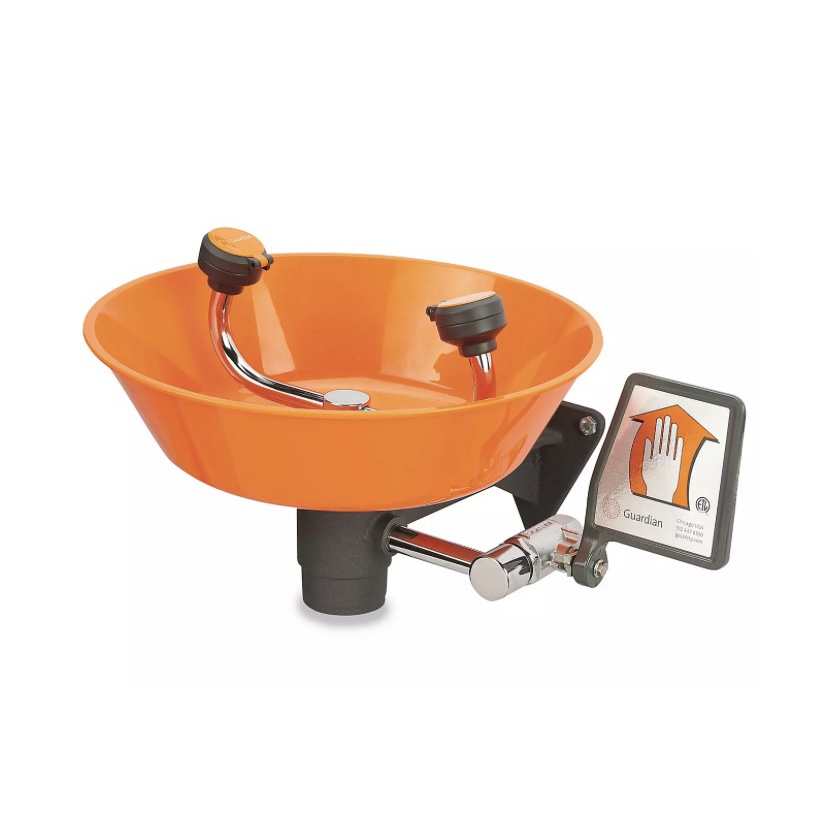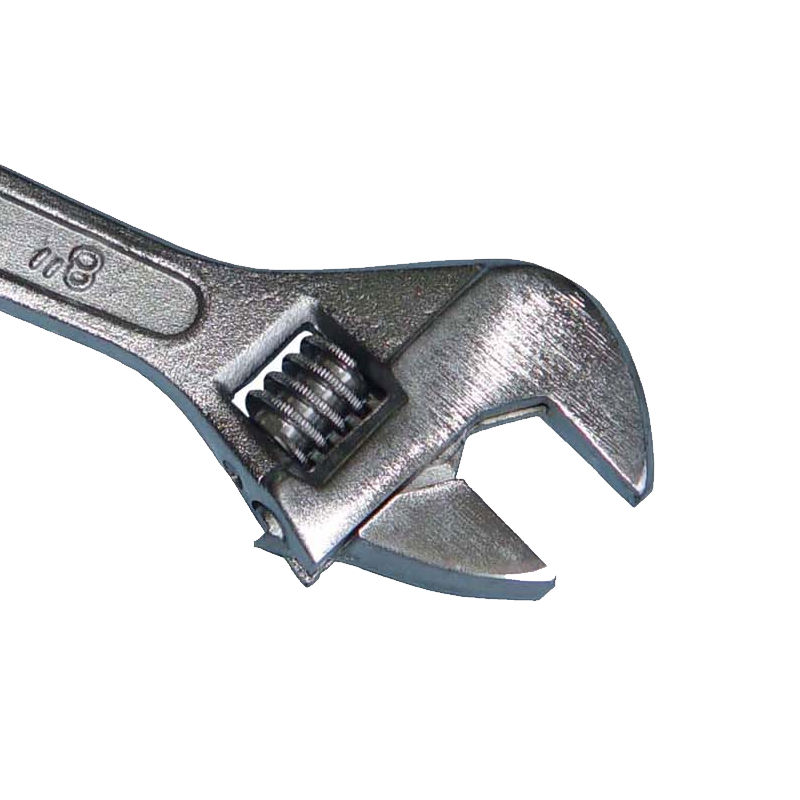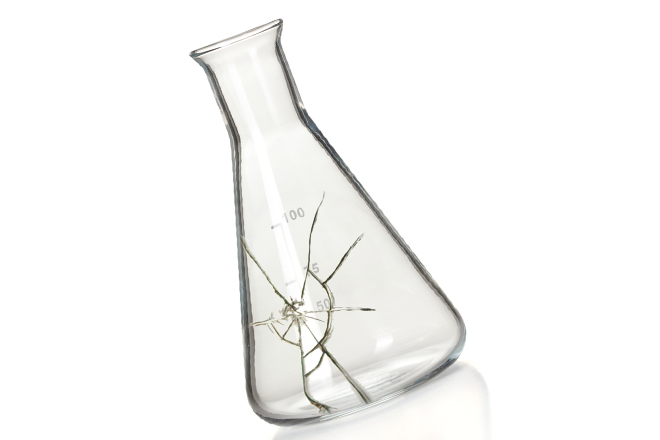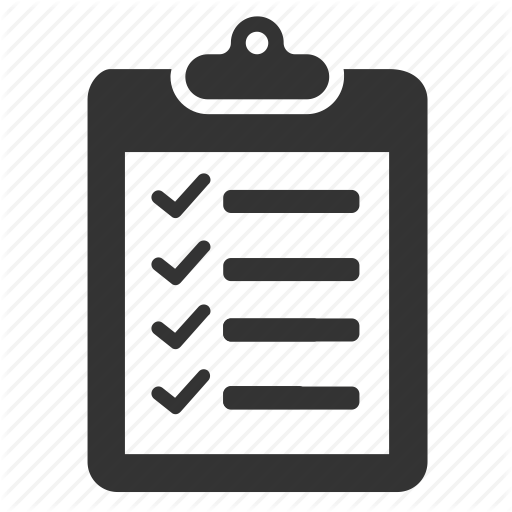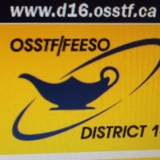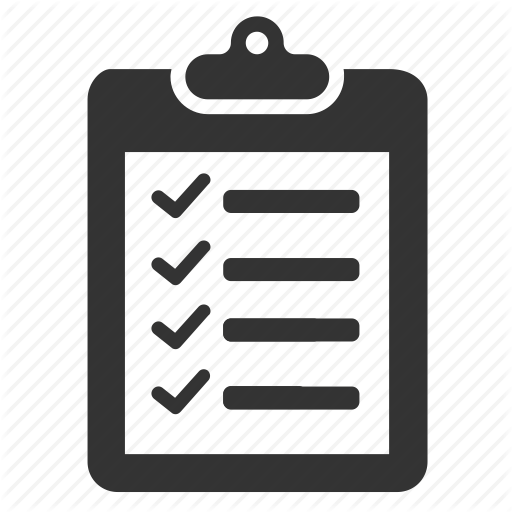Title Page
-
Eyewash Station Inspection
-
Conducted on
-
Prepared by
-
Location
General Operation
-
29 CFR 1910.151(c)<br>Are suitable facilities provided for quick drenching and flushing of the eyes from exposure to injurious corrosive materials?
-
Safety station is accessible<br>within 10 seconds of hazard,<br>approximately 55 ft./16.8 m.
-
Safety station is located on the same level as the hazard and the path of travel shall be free of obstructions.
-
Emergency equipment location is well lit and identified with a highly visible sign
-
Is the eyewash designed and positioned in a way that doesn't pose a hazard to the user?
-
All employees subject to exposure to hazardous material should be instructed in the location and proper use of emergency equipment.
-
Where the possibility of freezing conditions exists, the unit is protected from freezing or freeze-protected equipment is installed
-
Drench hose delivers a controlled flow of flushing fluid at a velocity low enough to be non-injurious.
-
Tepid flushing fluid temperature range is above 60o F (16o C) and below 100o F (38o C).
-
Eyewash provides a means of controlled flow to both eyes simultaneously at a velocity low enough to be non-injurious.
-
Eye/face wash equipment can deliver minimum of 3 gallons (11.4 L) per minute of water for 15 minutes. (Sec. 6.1.6, 7.1)<br>Eyewash only must deliver minimum of<br>.4 gallon (1.5 L) per minute of water for<br>15 minutes.
-
Outlets are protected from airborne contaminants.
-
The flushing fluid of an eyewash – eye/face wash covers the areas between the interior and exterior lines of a gauge at some point less than 8 inches (20.3 cm) above the eyewash nozzle.
-
Flushing fluid flow pattern should be<br>33 to 53 inches (83.8 cm – 134.6 cm) from the surface floor of user and minimum of 6 inches (15.3 cm) from any obstruction.
-
Eyewash designed so that the flushing flow remains on without the use of the operator’s hands. The valve shall be simple to operate and go from “off” to “on” in one second or less.
-
Is the supply piping of plumbed eyewashes adequately sized to meet flow requirements?
-
Covers are removed by water flow.
-
Is the eyewash constructed of materials that will not corrode while fluid is flushing?
-
Does the eyewash provide enough room to allow the eyelids to be held open during flushing?
-
Is the eyewash protected from freezing (e.g., heated blankets)?
Operations
-
Is the valve free of corrosion?
-
Can the valve be activated ""off"" to ""on"" in one second or less?
-
Is the valve operable?<br>
-
Are manual or automatic valve activators easy to locate and readily accessible?
-
Can both eyes be flushed at the same time?
-
Are the eyewash piping connections free of leaks?
Maintenance and Inspection
-
Are plumbed eyewashes activated weekly to ensure flushing fluid is available?
-
Are all eyewashes inspected annually?
